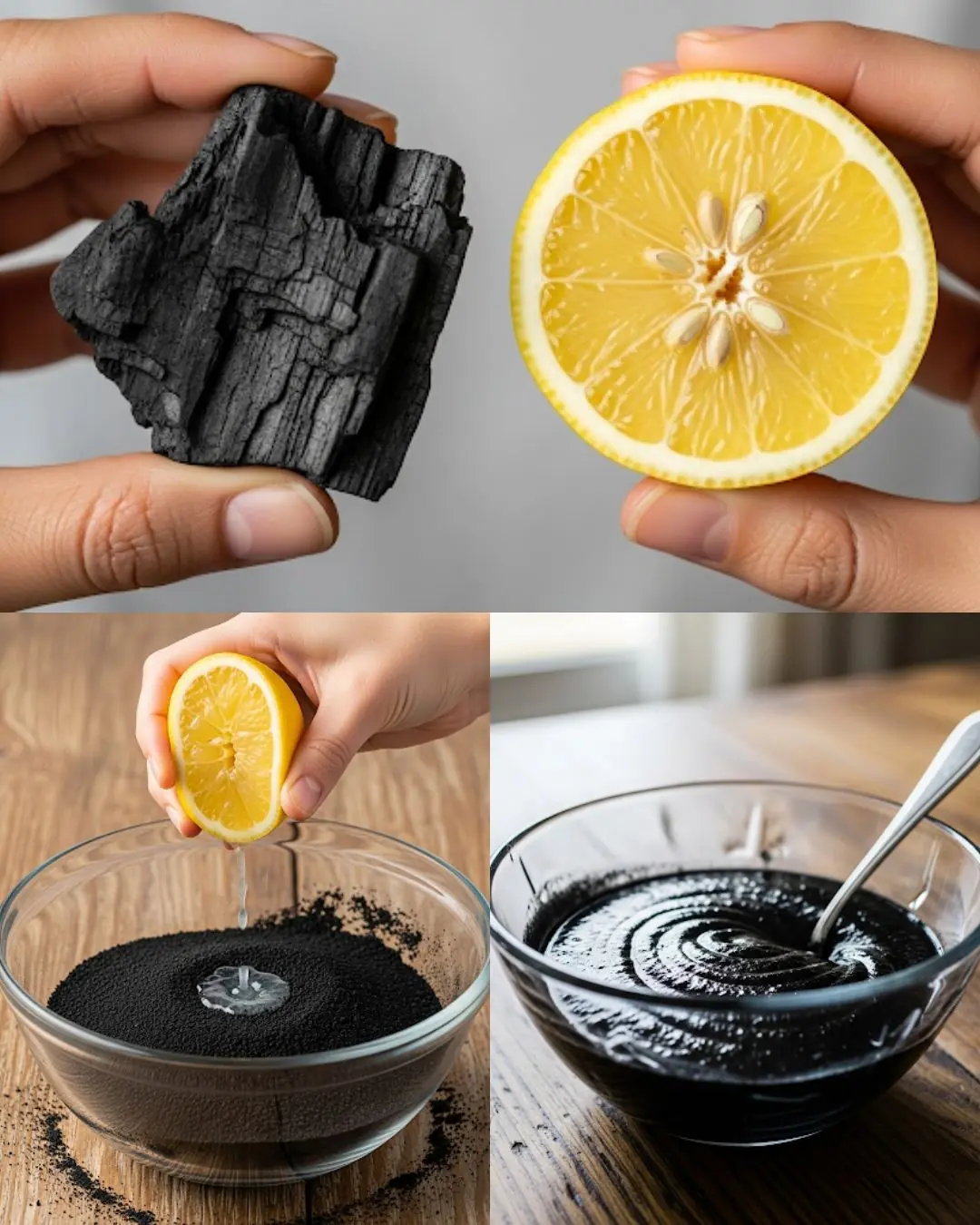
Simple and Effective Ways to Restore Your Non-Stick Pan Without Having to Replace It
Non-stick pans are a kitchen essential for many households. They provide ease of cooking, allowing food to be prepared with less oil, and they make cleanup significantly easier. However, over time, these pans can lose their non-stick coating, become scratched, or develop build-up from food and grease, leading many to believe it’s time to throw them away and buy a new one. Before you decide to replace your non-stick pan, you might be able to restore it to its former glory using some simple and effective methods.
In this article, we will explore how to restore a non-stick pan without the need to buy a replacement. These methods are budget-friendly, easy to do, and can prolong the life of your pan. Let's dive into how you can get your non-stick pan working like new again.
1. Clean the Non-Stick Pan Thoroughly
Before you attempt any restoration, the first step is always to clean the pan thoroughly. Over time, grease, food particles, and residue can build up on the non-stick surface, affecting its performance. A good deep cleaning will help remove these layers and make the surface smooth again.
How to Clean a Non-Stick Pan:
-
Use Baking Soda and Vinegar: Baking soda is mildly abrasive and works well to scrub away stubborn grime without damaging the non-stick coating. Create a paste with baking soda and a little water, and apply it to the surface of the pan. Let it sit for a few minutes, then use a soft sponge to scrub gently. For extra cleaning power, add a little vinegar to the paste for a fizzing reaction that helps break down grease.
-
Dish Soap and Warm Water: Fill the pan with warm water and a few drops of dish soap, then let it soak for about 15-20 minutes. After soaking, use a non-abrasive sponge to clean the surface of the pan. Avoid using steel wool or harsh scrubbing pads, as these can damage the non-stick coating.
-
Rinse and Dry: After cleaning, rinse the pan thoroughly to remove any soap or cleaning residue. Dry it with a soft cloth or towel to prevent any water spots.
2. Recondition the Non-Stick Surface
If the non-stick coating is still intact but not as effective as it once was, you can recondition the surface to restore its non-stick properties. This can be done by seasoning the pan, much like you would season a cast iron skillet.
How to Recondition a Non-Stick Pan:
-
Apply Cooking Oil: After cleaning and drying the pan, pour a small amount of vegetable oil, olive oil, or coconut oil into the pan. Use a paper towel or soft cloth to spread the oil evenly across the surface, making sure to coat the entire cooking area.
-
Heat the Pan: Place the oiled pan on the stovetop over medium heat and let it heat for about 5-10 minutes. This process will allow the oil to bond with the surface, helping to restore the non-stick layer. Once the pan reaches a steady temperature, turn off the heat and let the pan cool down naturally.
-
Wipe Away Excess Oil: After the pan has cooled, use a clean cloth or paper towel to wipe away any excess oil. Your pan should now have a renewed, smooth surface that is more resistant to sticking.
3. Repair Scratches with a Non-Stick Repair Kit
Over time, the non-stick surface of the pan may become scratched, especially if you’ve used metal utensils or abrasive sponges. These scratches can cause food to stick and make the pan more difficult to clean. While the best option is to prevent scratches in the first place, there are non-stick repair kits available that can help restore the surface.
How to Use a Non-Stick Repair Kit:
-
Clean the Pan First: Begin by cleaning the pan thoroughly to remove any food residue or oil. Ensure the pan is completely dry before using the repair kit.
-
Follow the Kit Instructions: Non-stick repair kits usually come with a non-stick spray or coating that can be applied to scratched areas. Follow the instructions on the kit, which often involve spraying the solution and heating the pan to allow it to bond to the surface.
-
Allow Time to Set: After applying the repair solution, allow the pan to cool down and cure as instructed. Be sure to follow all instructions carefully to avoid damaging the pan.
4. Avoid Cooking High-Heat Foods
One of the reasons non-stick pans lose their effectiveness is because they are often exposed to high heat, which can degrade the coating over time. To preserve the non-stick surface and extend the life of the pan, avoid using high heat when cooking. Non-stick pans should be used on medium or low heat for best results.
Tips for Cooking with a Non-Stick Pan:
-
Use Wooden or Silicone Utensils: Avoid using metal utensils, as they can scratch and damage the non-stick surface. Opt for wooden, silicone, or plastic utensils to preserve the coating.
-
Don’t Overheat the Pan: Always avoid heating a non-stick pan to the point of smoking. Overheating can cause the coating to break down and may even release harmful chemicals into the air.
-
Use a Heat Diffuser: If you often cook with high heat, consider using a heat diffuser. This helps to evenly distribute the heat and prevents hot spots, reducing the chances of damaging your pan.
5. Know When It’s Time to Replace the Pan
While there are several methods to restore your non-stick pan, there will eventually come a time when the pan is beyond repair. If the non-stick coating is significantly damaged, peeling, or flaking off, it’s best to replace the pan. Cooking with a damaged non-stick surface can be harmful, as the particles can get into your food.
Signs that it’s time to replace your non-stick pan include:
-
Flaking or Peeling Coating: If you notice pieces of the non-stick coating coming off, it’s time to get a new pan.
-
Stubborn Food Build-Up: If your pan is no longer cleaning well, even after repeated cleanings, the surface may be too damaged for restoration.
-
Discoloration or Warping: If the pan has discolored or warped from high heat or use, it may no longer be suitable for cooking.
Conclusion
Restoring a non-stick pan is an affordable and effective way to extend its lifespan, especially when compared to the cost of buying a replacement. By cleaning, reconditioning, and avoiding high heat, you can restore your non-stick surface and enjoy cooking with it for longer. Additionally, using repair kits and proper care techniques can help keep your pan in top shape, making it a reliable kitchen tool for years to come.
However, if the non-stick coating is too damaged, it’s best to replace the pan. By following the tips above, you can maximize the performance and longevity of your non-stick pans and continue enjoying non-stick cooking at home.
News in the same category

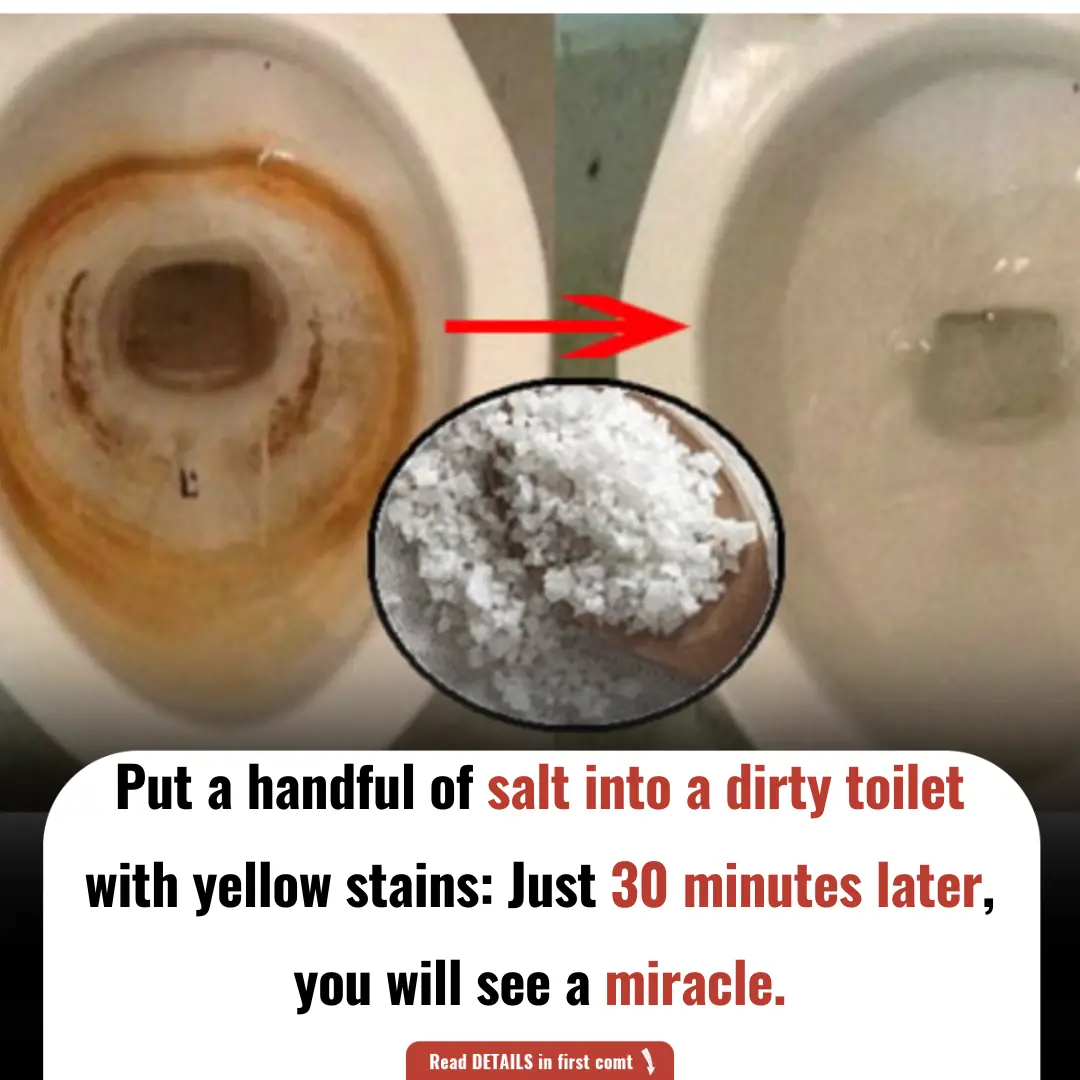
Put a handful of salt into a dirty toilet with yellow stains: Just 30 minutes later, you will see a miracle

The most correct way to give first aid for stroke at home
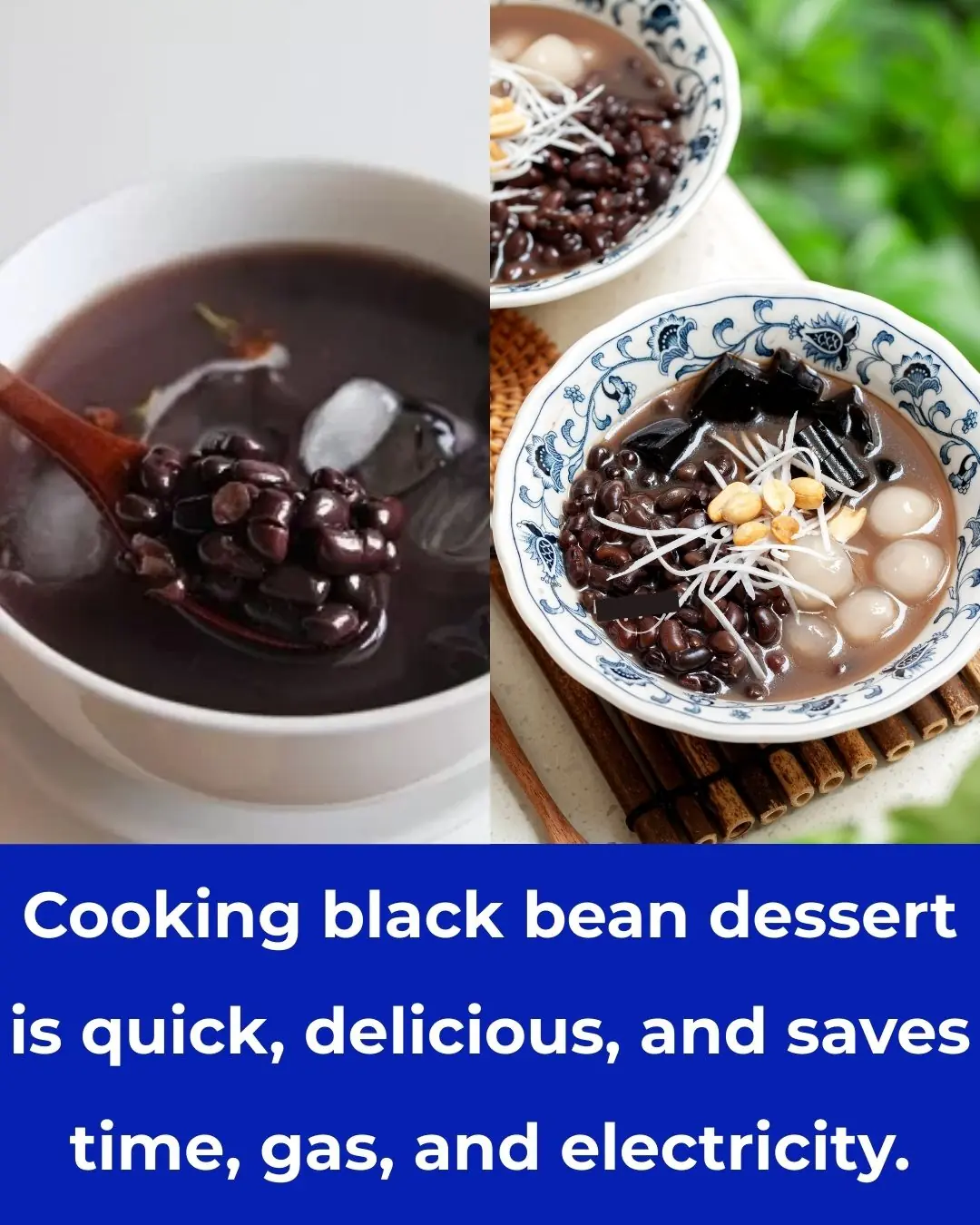
Cook black bean sweet soup quickly, delicious, not time consuming, save gas/electricity

The Surprising Uses of Coffee Grounds, If You Have Them at Home, Don’t Throw Them Away
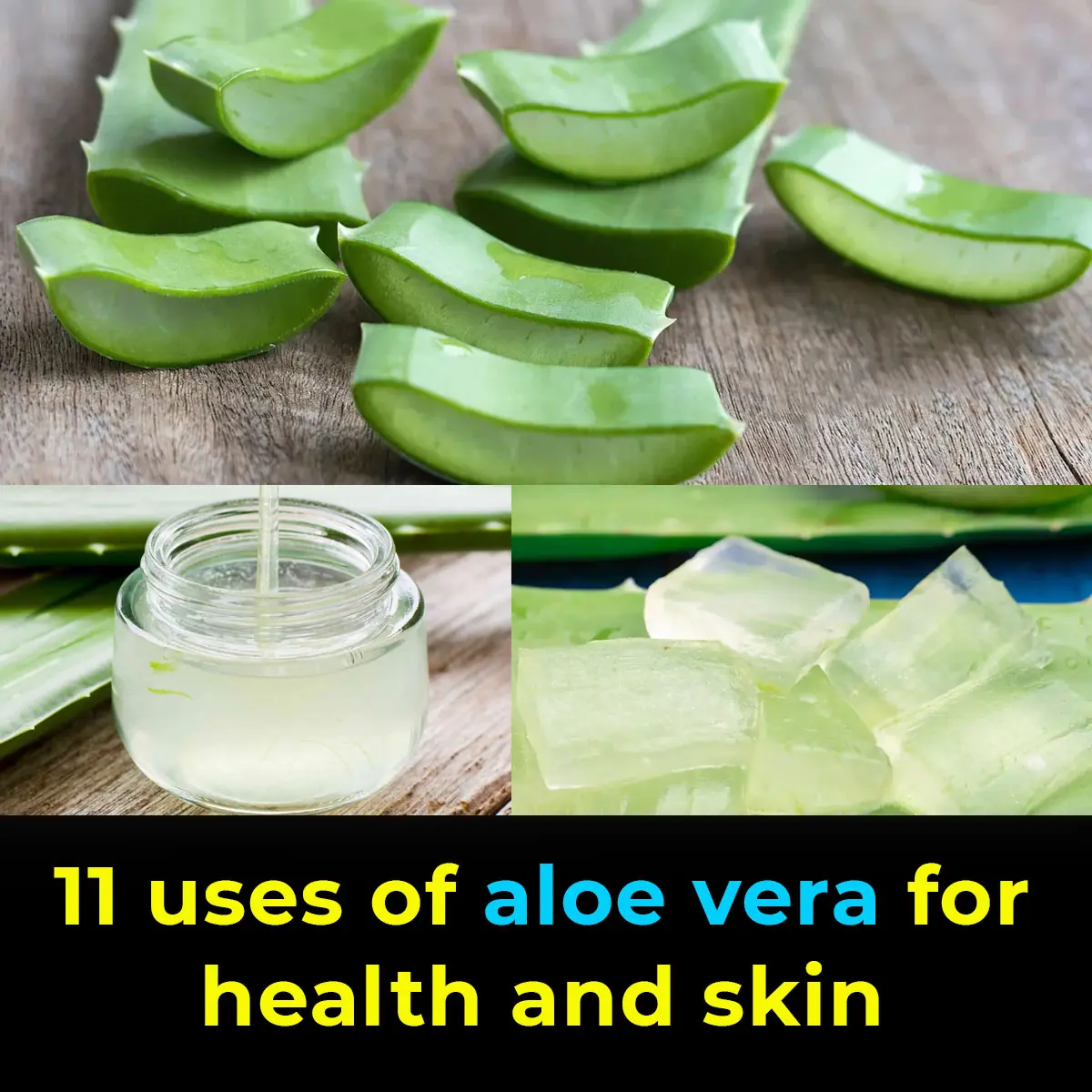
How to Use Aloe: 11 Benefits for Skin Care, Digestion and More

Snake enter the house, prevention methods and practices
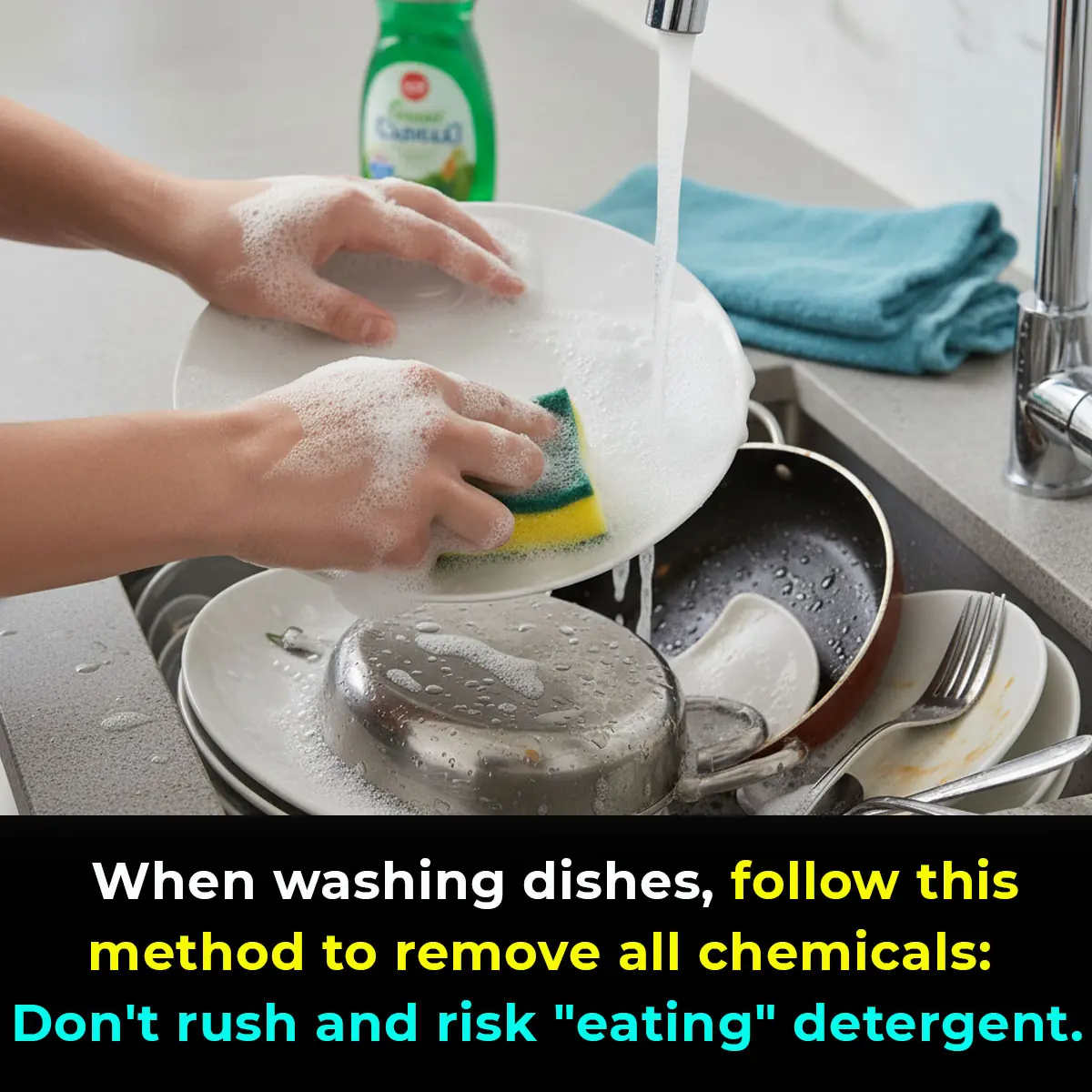
When washing dishes, follow this method to remove all chemicals: Don't rush and risk "eating" detergent.

Put the Small Egg Tray into the Super Fast Heating Oven, the Utility That Every Home Needs, Many People Don't Know

Do You Need to Unplug the Rice Cooker After Cooking? The Answer Is Truly Unexpected
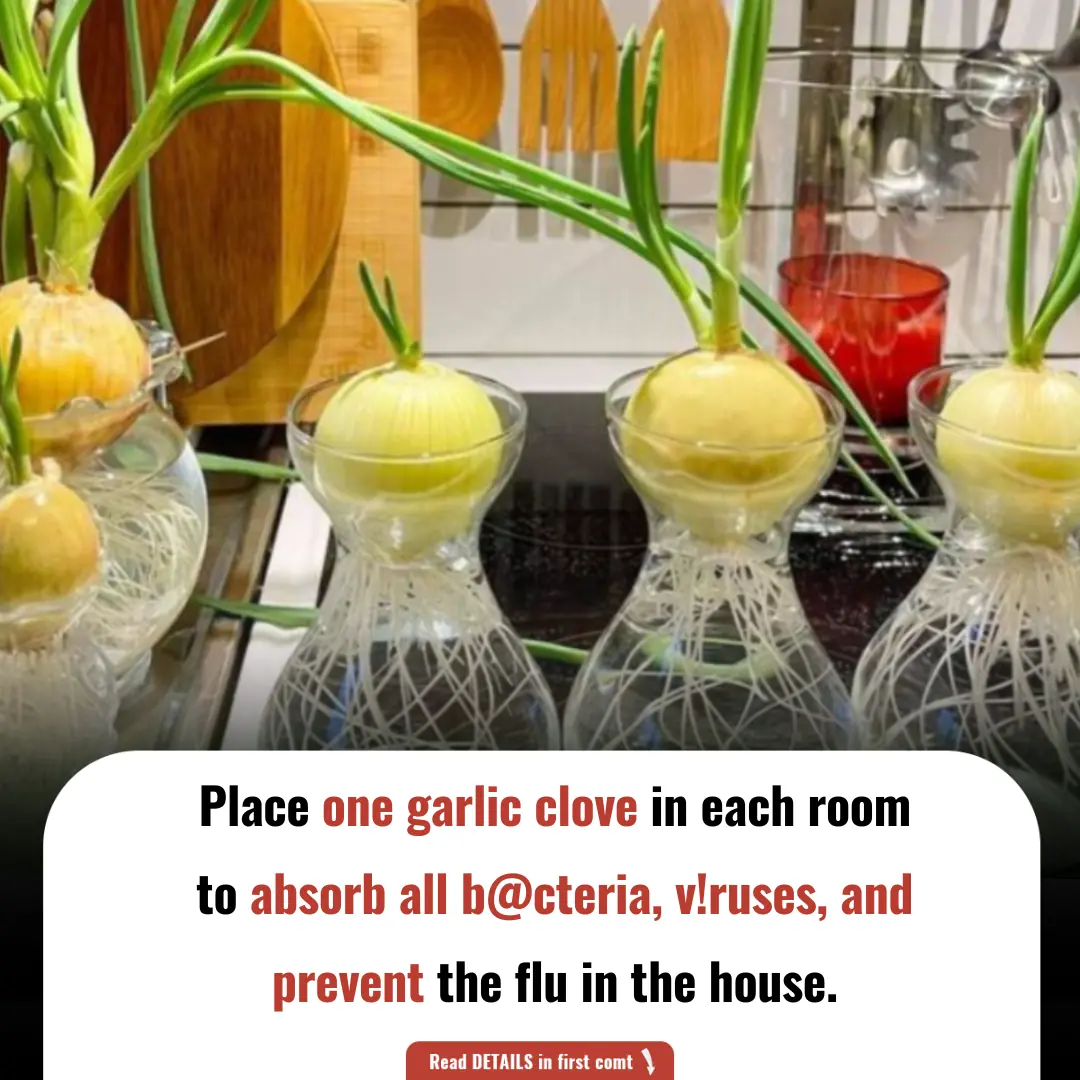
Place One Garlic Clove in Each Room to Absorb All Bacteria, Viruses, and Prevent the Flu in the House
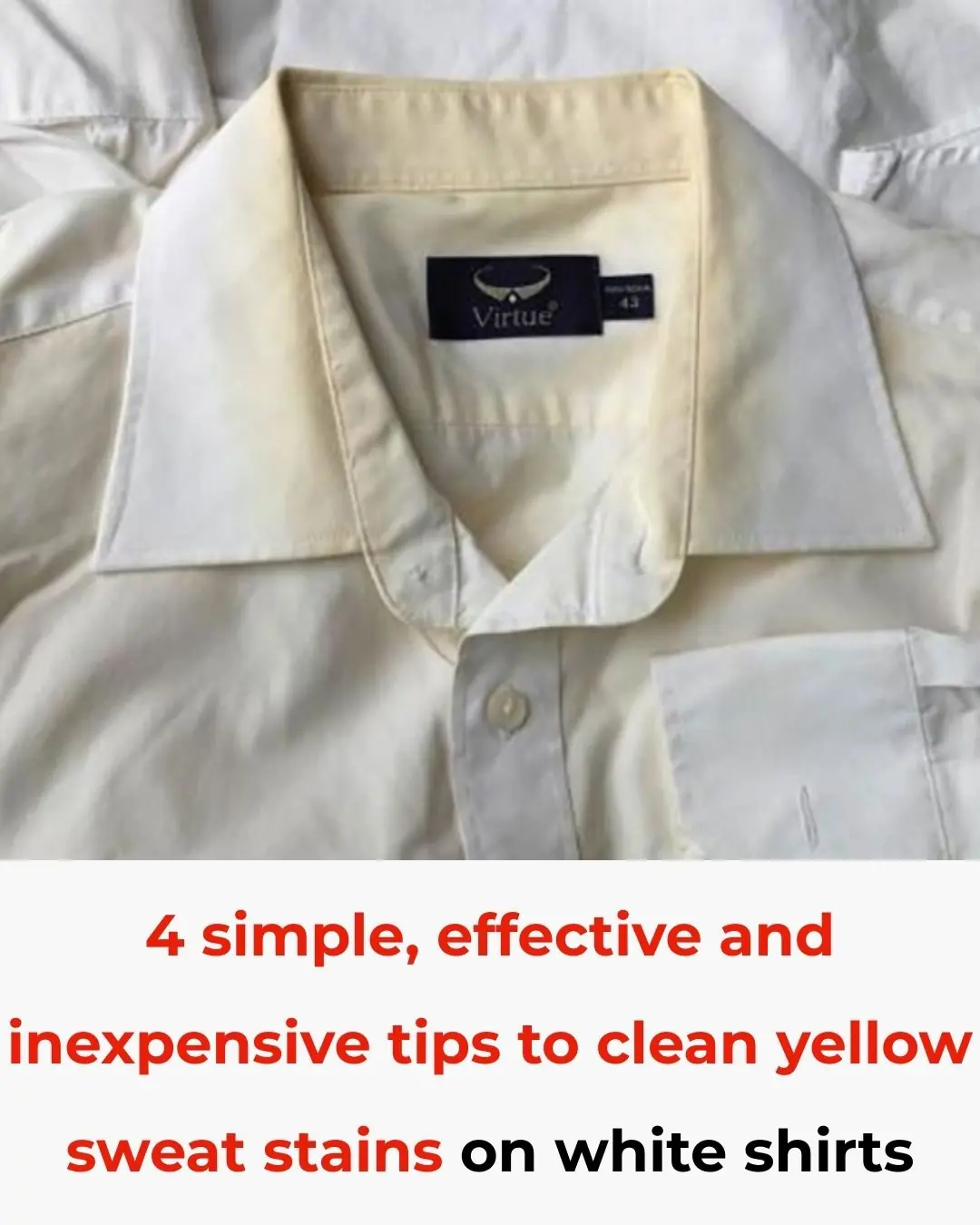
4 Easy and Cost-Free Ways to Remove Yellow Sweat Stains from White Shirts

Don’t Turn on the Fan in Humid Weather: Follow These 5 Methods, and It Will Dry Instantly in 10 Minutes, Without Spending a Penny
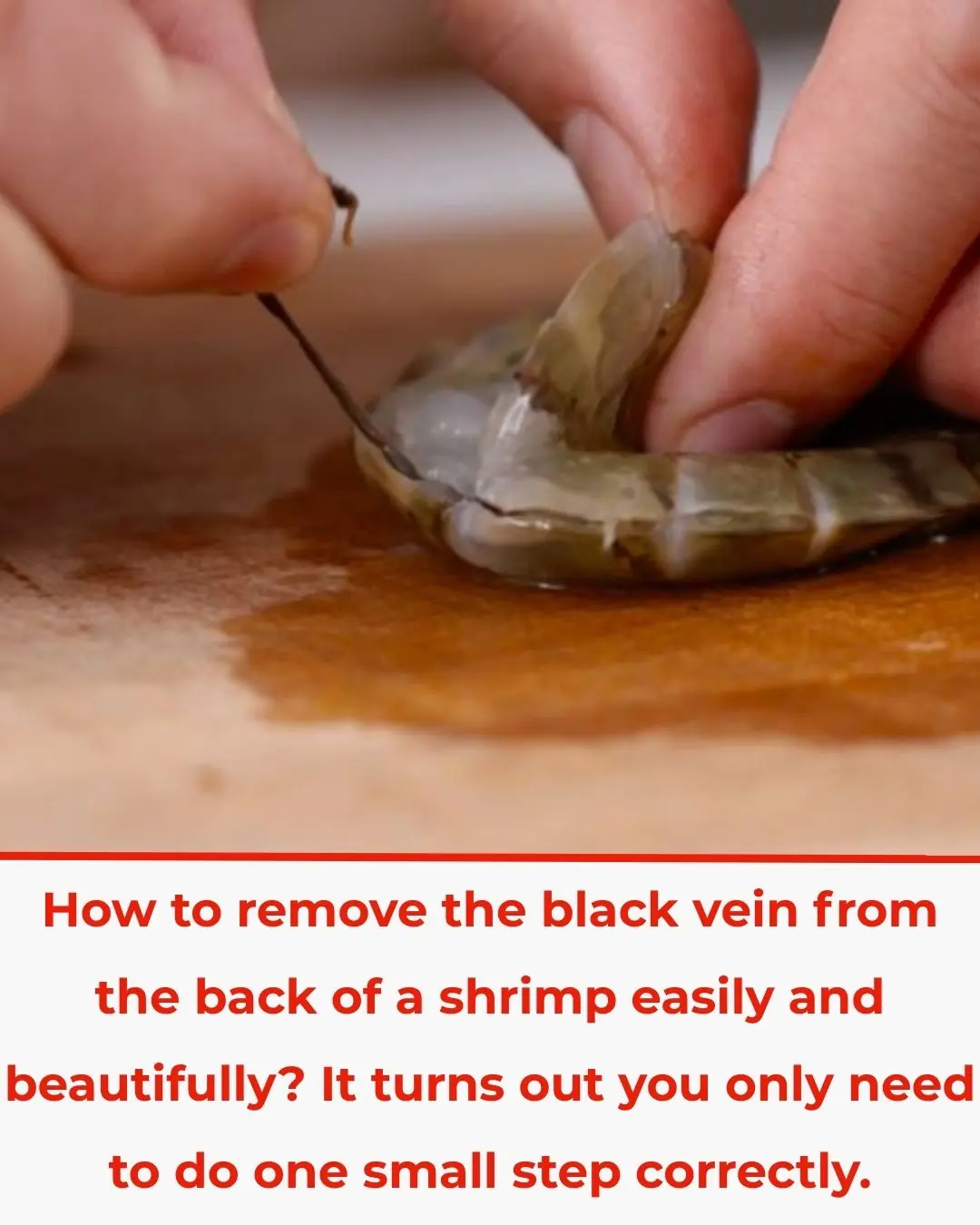
How to Easily and Neatly Devein Shrimp? Turns Out It Only Takes One Simple Step

How to Distinguish Shrimp Injected with Impurities: Easy Tips to Protect Your Health
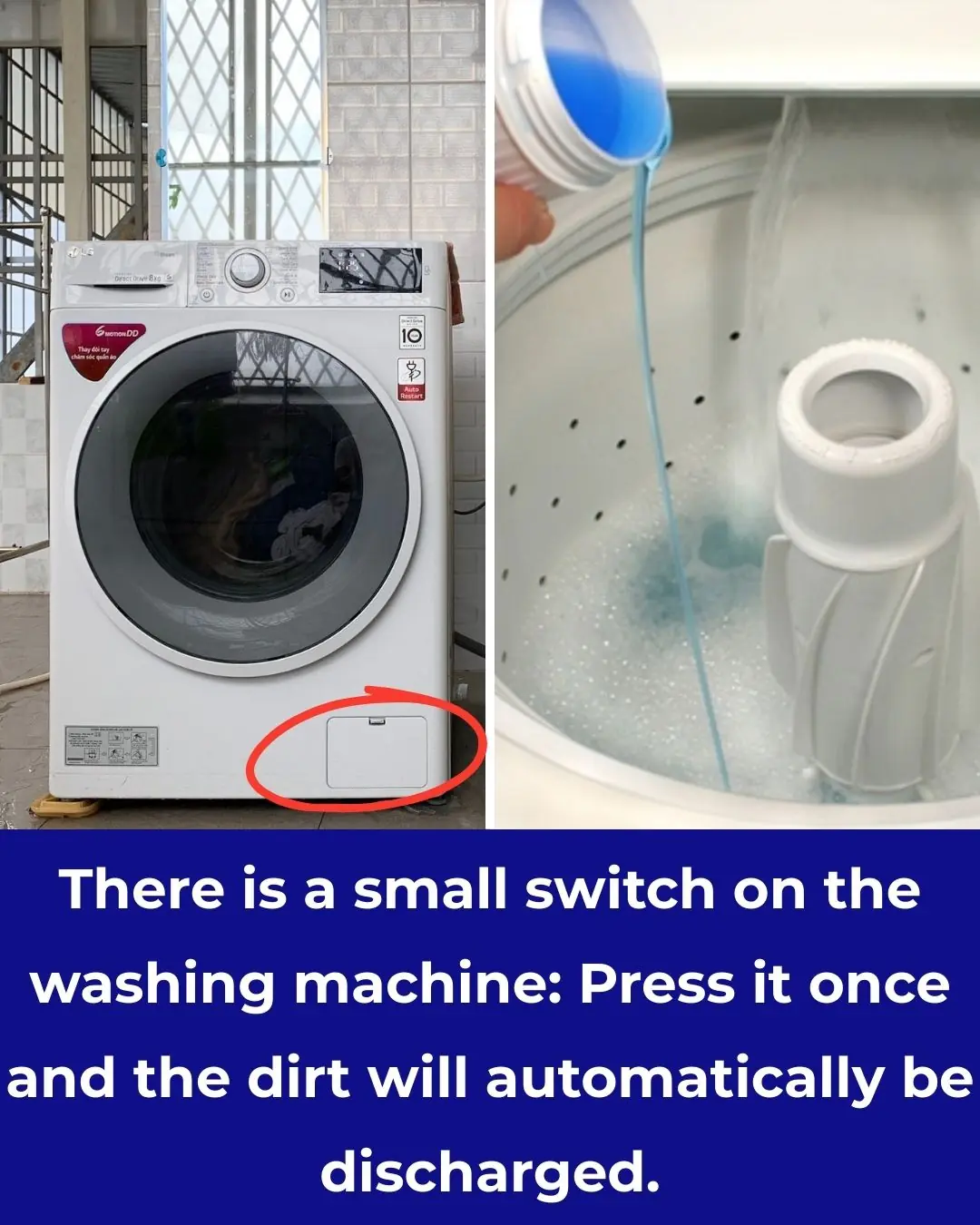
There Is a Small Switch on Your Washing Machine: Press It Once to Automatically Drain Dirty Water

Rice Water: The “Liquid Gold” in Your Home That Most People Forget to Use
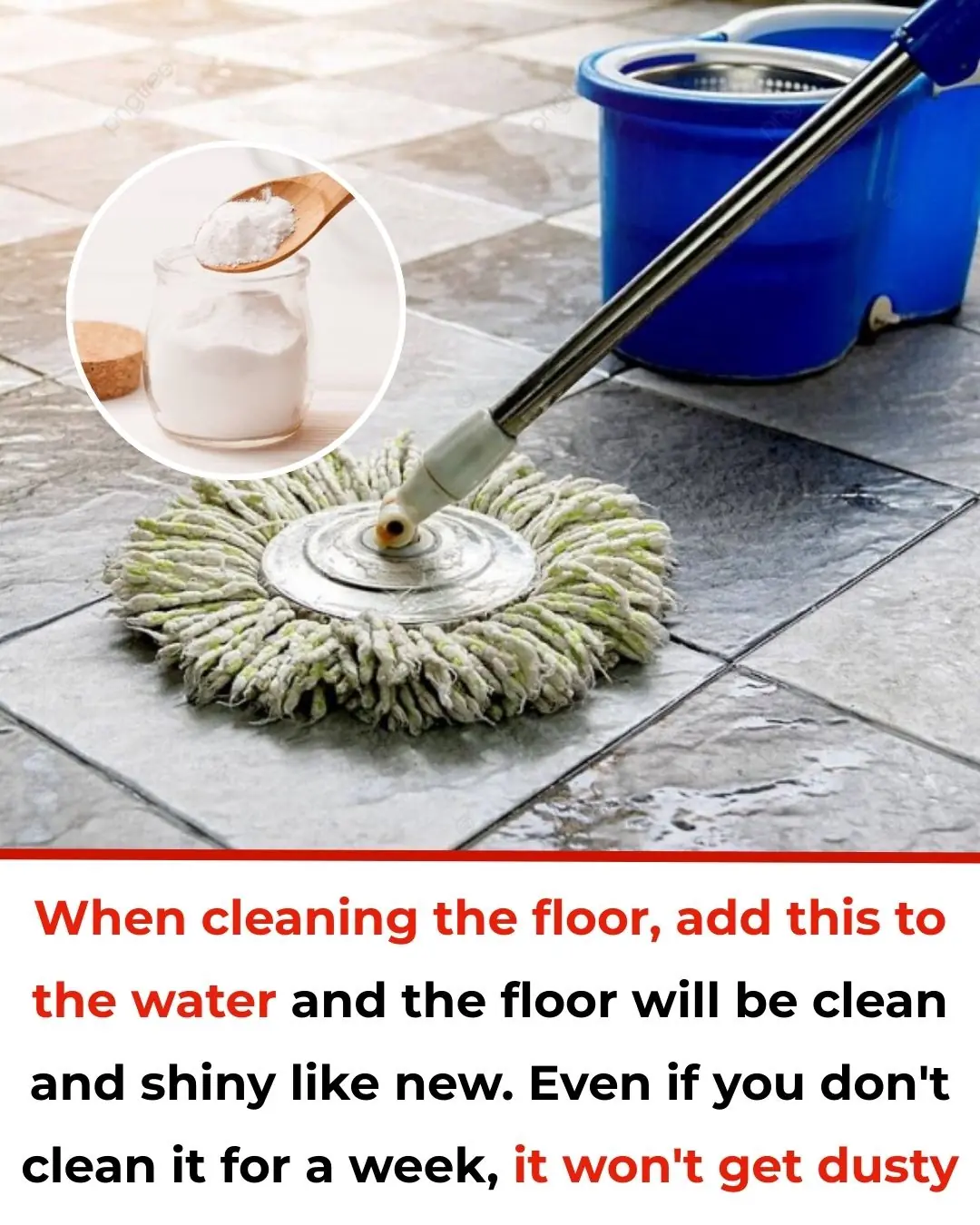
Add This Simple Ingredient When Mopping – Your Floors Will Shine Like New and Stay Clean All Week!
News Post

Experts reveal 3 ways to eliminate E. coli bacteria in water – essential knowledge to protect your family

Put a handful of salt into a dirty toilet with yellow stains: Just 30 minutes later, you will see a miracle

The most correct way to give first aid for stroke at home

Cook black bean sweet soup quickly, delicious, not time consuming, save gas/electricity

Apple insider reveals new leaks about foldable iPhone release for 2026

Experts reveal the five foods you should absolutely never freeze

The difference between the spirit of a loved one and other forces

Your Heart Emits a Magnetic Field 100x Stronger Than Your Brain – And It Can Be Detected 3 Feet Beyond Your Body

🌱 Discover Papaya Seeds: Nature’s Tiny Powerhouse for Total Wellness
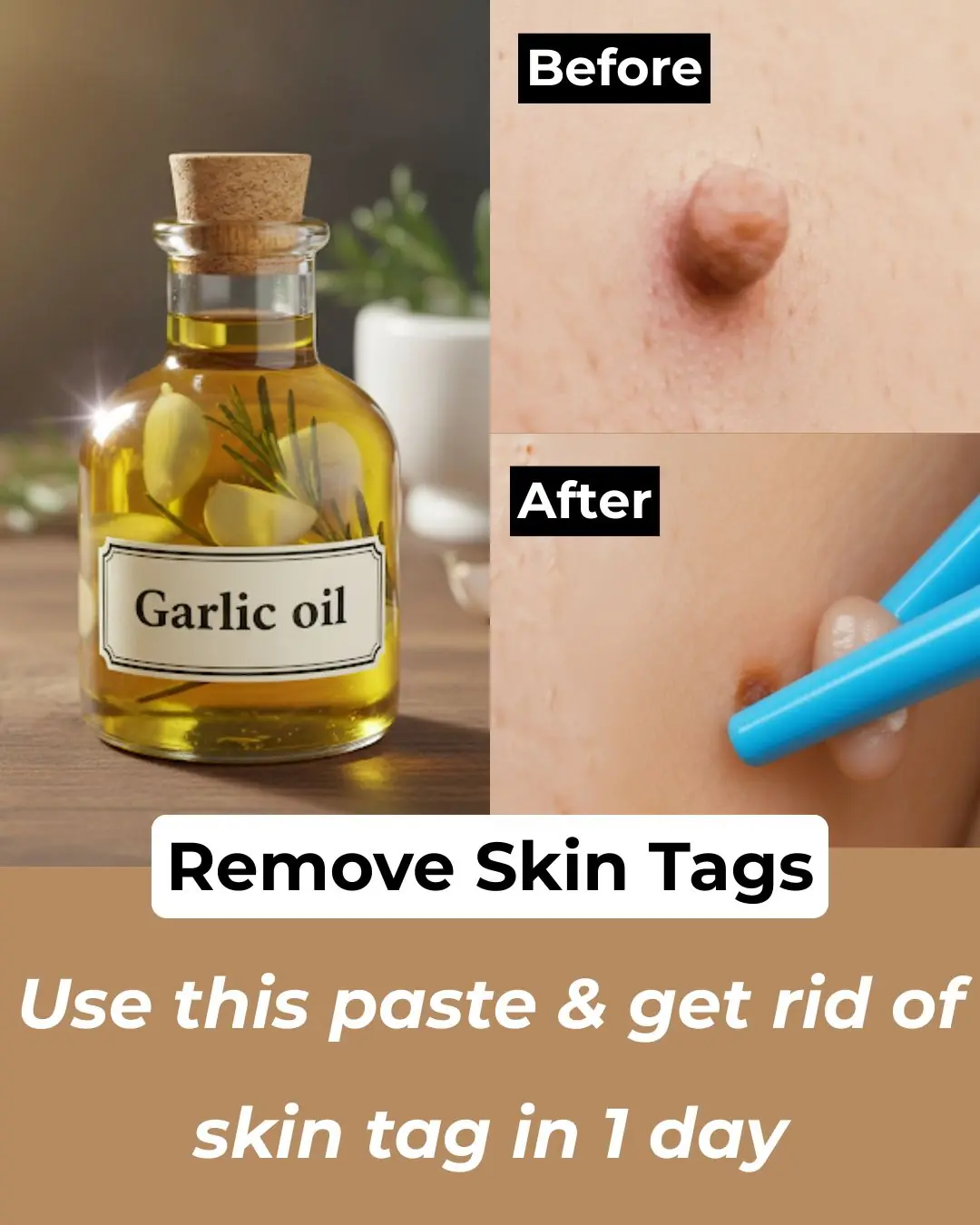
3 Home Remedies to get rid of Skin Tags – Skin Tag Removal
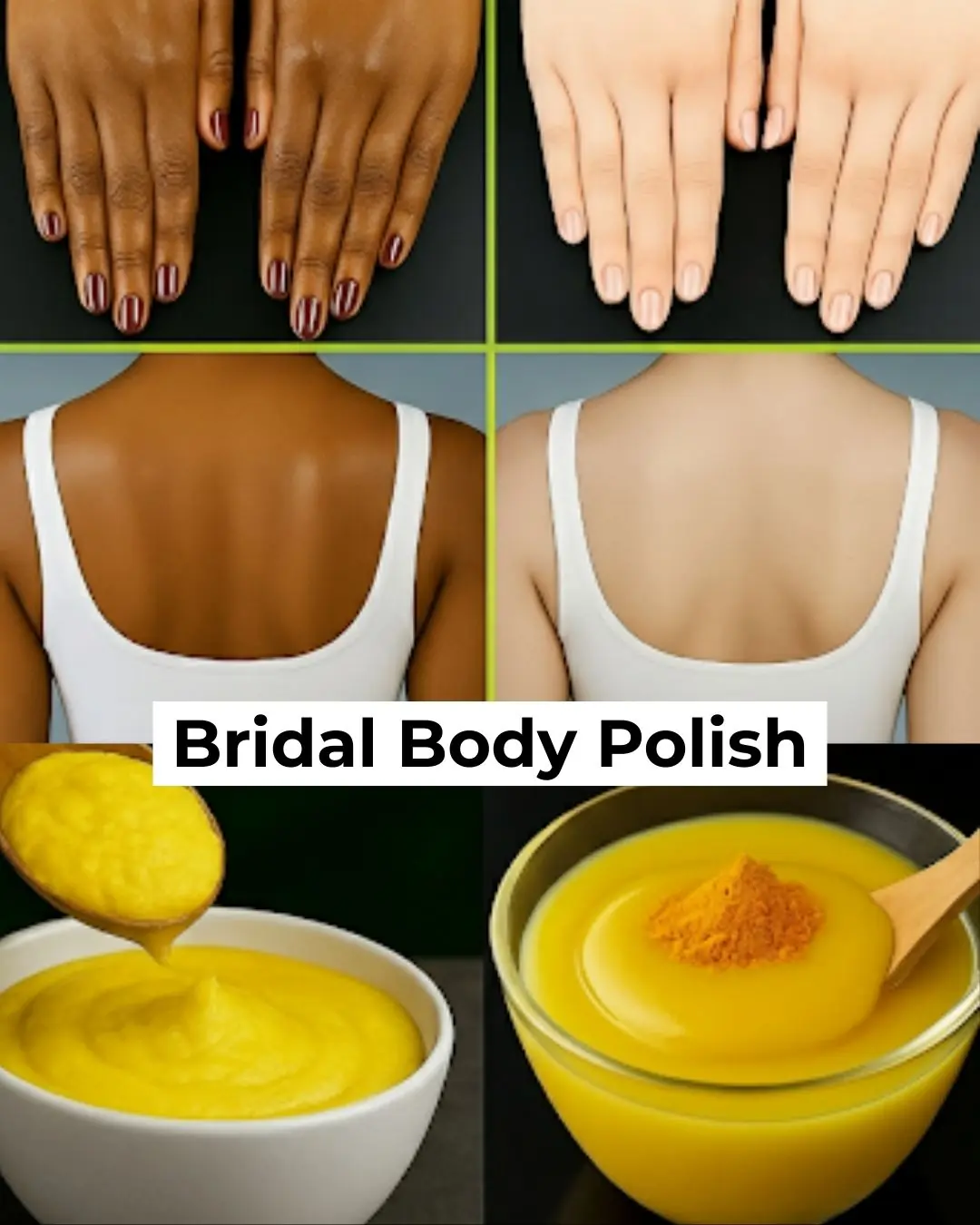
Homemade Herbal Bath Powder For Clear Skin: Bridal Skincare Ubtan
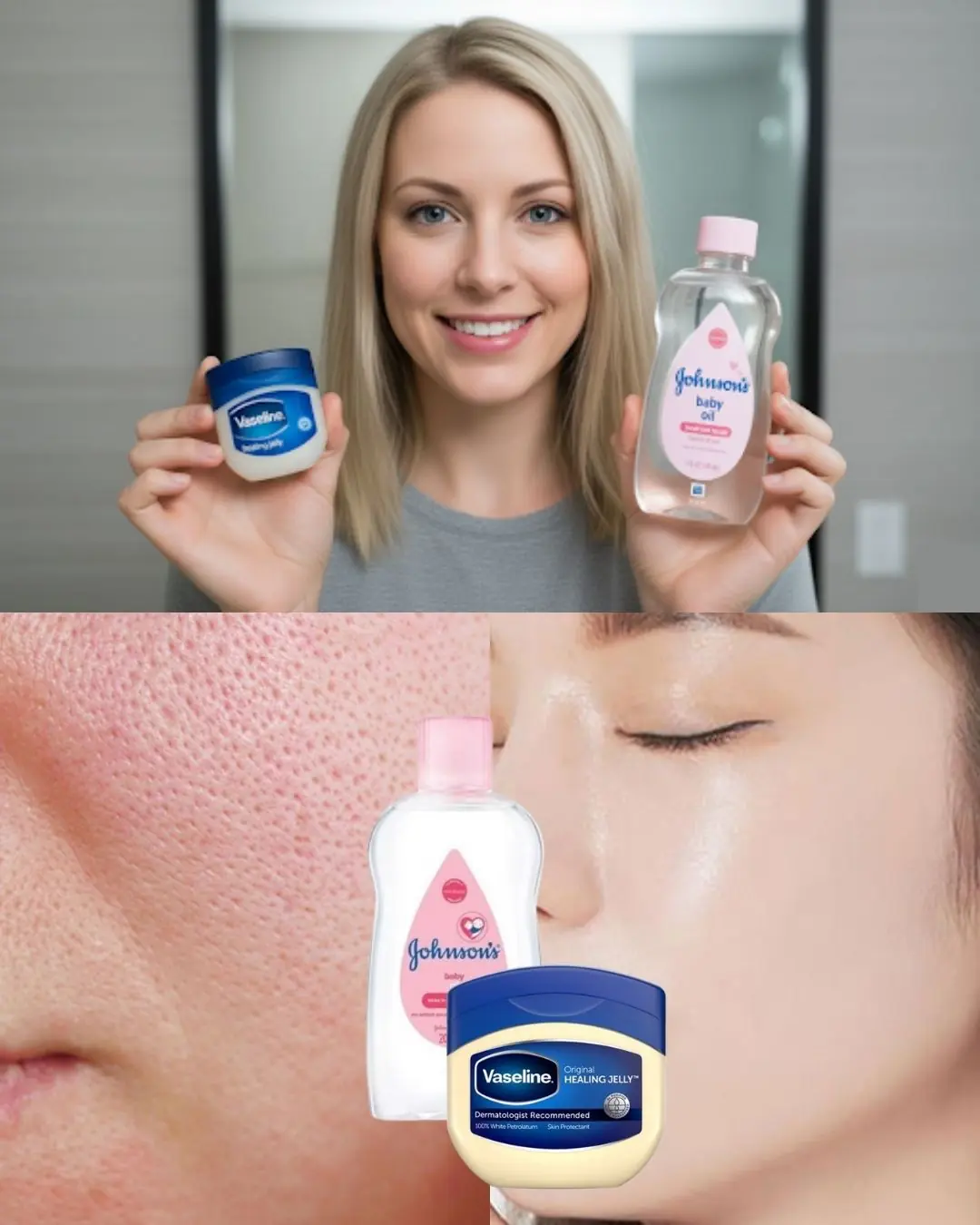
Mix Baby Oil with Vaseline: The Simple Skincare Trick for Youthful, Wrinkle-Free Skin

How Your Body Secretly Tells You You're Stressed

New Study Shows That Sitting in Silence for Only Two Hours Can Trigger Significant Growth in New Brain Cells
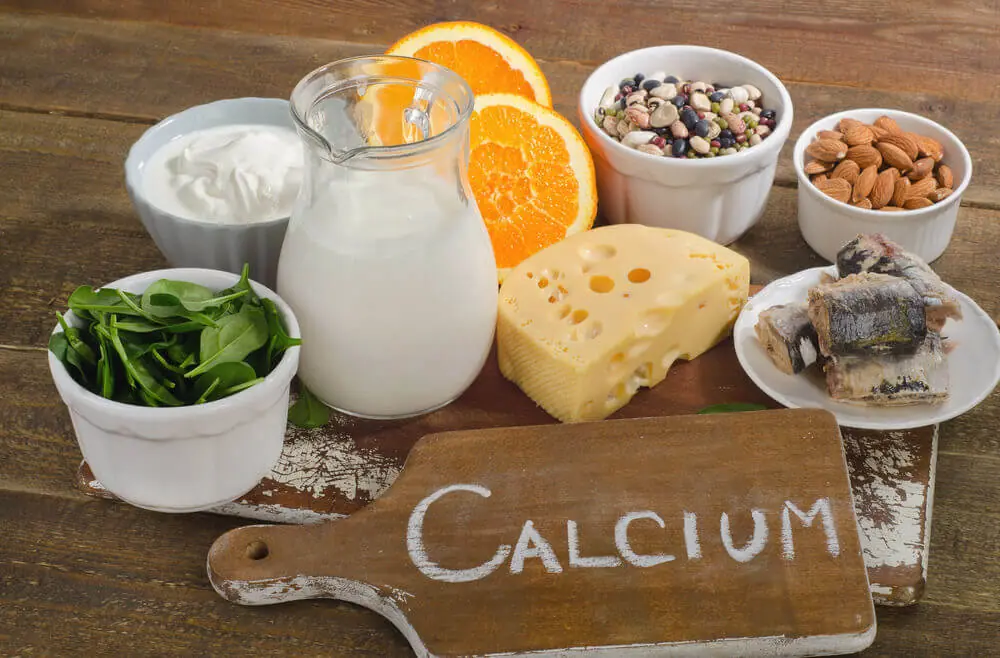
Foods That Can Quietly Drain Calcium From Your Body

Just Simply Looking at a Sick Person Is Enough to Trigger Your Immune Response, Study Shows
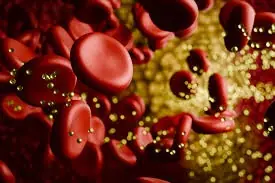
Scientists Discover an “Off Switch” for Cholesterol — And It Could Save Millions of Lives

Why Does Your Eye Twitch Randomly? An Eye Doctor Explains
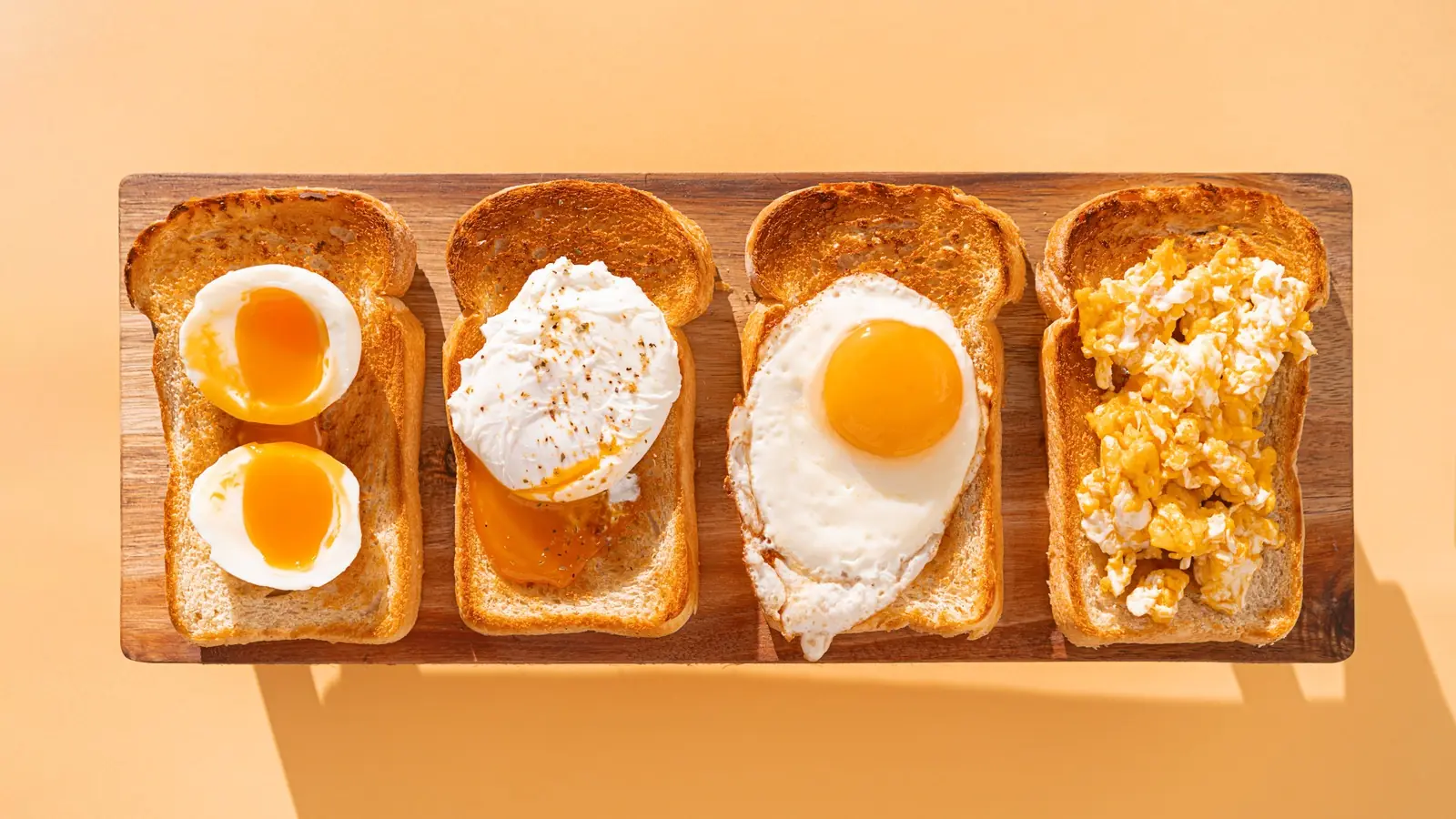
Think Twice Before Pairing: 6 Foods You Shouldn’t Eat with Eggs
